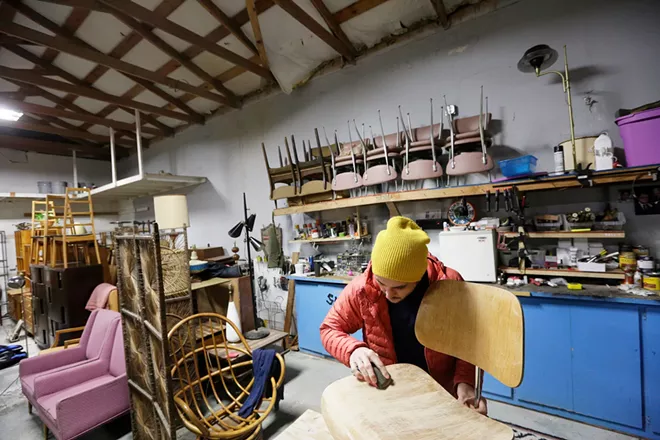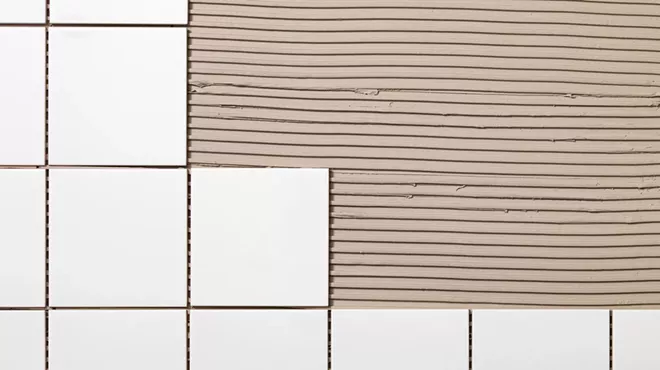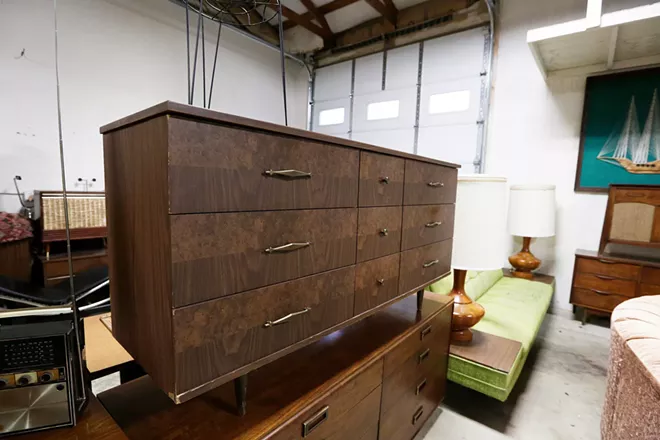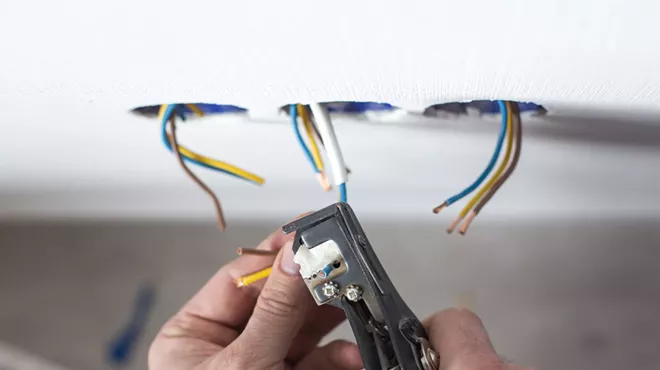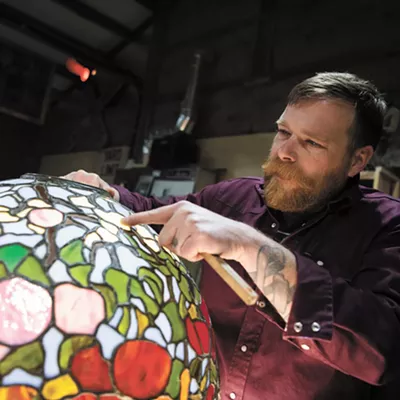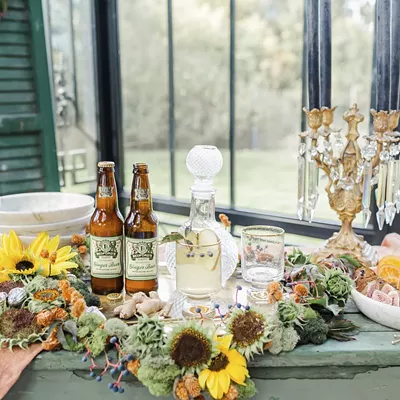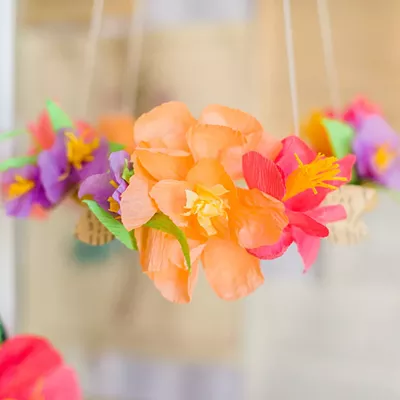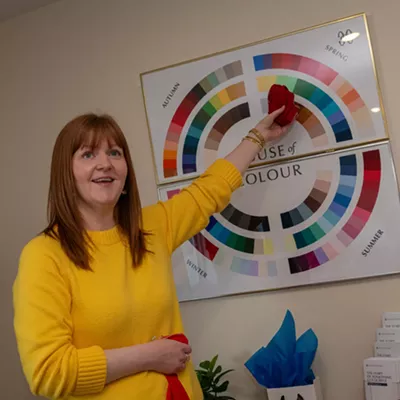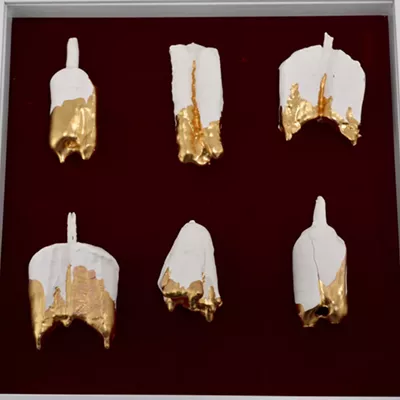Whether you're an avid vintage furniture hunter or you just have a piece of wooden furniture that's seen better days, caring for it and understanding the needs of that piece can be time consuming and daunting at first. When it comes to improving our living spaces, furniture is at the center of it all. We sit on chairs, we eat off of tables, we throw our keys haphazardly onto antique hutches. (I admit— I'm guilty.) The least we can do is give our furniture some love from time to time.
Ryan Flanery jumped into the deep end of furniture restoration in 2020 — influenced by going to vintage stores as a child with his parents. Now he runs Howard House, an online vintage furniture store based in Spokane, where he brings midcentury furniture back to life.
"Learning the ins and outs of revitalizing a piece of furniture takes time," he says. "There's so much information online from so many sources, but the best way to get started is to understand what you have and what its specific needs are."
WHATCHA GOT THERE?
It's time to analyze your wood furniture piece like never before. This means opening drawers and doors and looking over every inch of your piece for identifying elements. This could be a stamp from the company that created the piece, a signature, even elements that commonly pop up from a specific designer."Take B.P. John, for example," Flanery says. "You can often tell that a piece was made by B.P. John if there are tapered legs with silver caps on them."
Other furniture companies, like Harmony House, tend to stamp all of their pieces with an easily identifiable marker. These stamps are most likely located in a drawer, on a door or on the back of your piece. Once you know what you're looking at, it's much easier to Google around and figure out what kind of wood you're working with and what products are going to be best.
When searching for the perfect wooden piece to add to your home, it's important to determine what will fit in with the ecosystem of your home. For instance, in a home with children, a coffee table with a laminate top is going to be easier to clean and less prone to staining than a 50-year-old midcentury surfboard coffee table made of solid walnut. This also holds true for price. Is this piece worth what you're paying?
"Obviously solid wood pieces are going to be on the higher end price-wise," Flanery says. "But they're going to last you awhile. They're investments. A credenza in Seattle could easily go for double what it would go for in Spokane. It's all about balancing logistics and price."
SCRUB-A-DUB
The reality of hunting for vintage furniture is that it isn't always in the best shape when you first lay eyes on it. The first step of the revitalization process is to get the wood as clean as you can — and no, soap is not preferable.Run down to your local hardware store and pick up a steel wool rag and some mineral spirits. Mineral spirits are a great alternative to lemony-smelling furniture polishes and are safe to use on almost all varnishes and stains.
"Basically you want to remove any dirt and old paint," Flanery says. "There's probably some sticky residue from drinks that have been placed on the piece in the past. This will get rid of those easily. You need a clean surface before you can start tackling anything else."
THE POWER OF GRIT
Now comes the "daunting" part. If you're committed to revitalizing your wooden furniture, you should get your hands on an orbital sander. If you approach this with caution and patience, your efforts will be rewarded tenfold."If your piece is solid wood, you're going to have an easier go at things," Flanery says. "If your piece is particle board covered with veneer, be a bit more cautious... This is where knowing what you're working with is important."
Flanery recommends starting with 120-grit sandpaper and going up from there to achieve your desired finish. The higher the grit, the smoother the surface of your piece will be.
ALL WOOD THINGS MUST COME TO AN END
So you've done it — you've gotten down to the bare bones of your wooden furniture project. It's time to stain it and seal up all of your hard work."The worst thing you can do is attack a mid-century piece with paint," Flanery says. "I like to stain my pieces to achieve this really popular blonde color, it goes with most any other furniture you might have in your space."
Finishing all furniture projects with polyurethane sealant is the best way to ensure that all of your efforts don't go to waste, Flanery adds.
Congratulations! Your wooden furniture just got the spa day of its life and will thank you by looking its best for years to come. ♦

